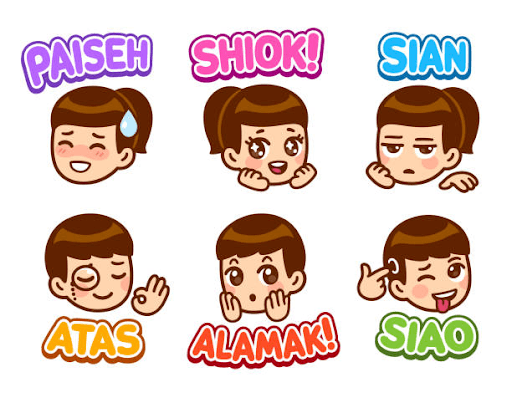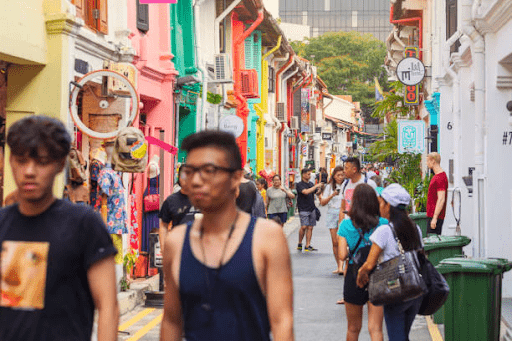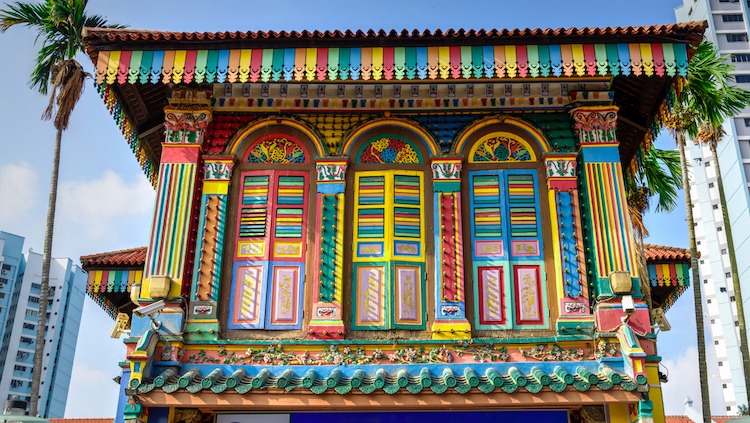Singlish: The Unique Language of Singapore’s Cultural Tapestry
Singapore, a diverse and vibrant nation, boasts a linguistic phenomenon that has intrigued linguists, delighted locals, and fascinated visitors for generations. This linguistic marvel is none other than Singlish, a distinctive creole language that reflects the rich tapestry of Singapore’s multicultural society. In this article, we explore the origins, characteristics, and significance of Singlish as an integral part of Singapore’s cultural identity.

The Birth of Singlish
Singlish, short for “Singaporean English,” emerged as a product of Singapore’s unique historical and cultural development. The island nation’s history is marked by centuries of trade, colonization, and immigration, resulting in a linguistic mosaic where multiple languages and dialects intersected. Singlish began to take shape during British colonial rule when English was introduced as the medium of instruction in schools. The British-educated elite adopted British English, but the language evolved as it mixed with the colloquial languages spoken by the majority of Singaporeans.

Characteristics of Singlish
Linguistic Fusion: Singlish is a blend of various languages, including English, Malay, Hokkien, Cantonese, and Tamil, among others. It incorporates words and phrases from these languages, creating a unique lexicon.
Simplified Grammar: Singlish often simplifies English grammar, leading to sentence structures that may differ from standard English. For instance, it frequently drops articles and verb tenses, as seen in phrases like “You go where?” (Where are you going?) or “I eat already” (I have already eaten).
‘Lah’ and ‘Leh’: These are ubiquitous particles added to the end of sentences for emphasis or to convey a particular tone. “Lah” is used for emphasis, while “leh” is often used to soften a statement.
Code-Switching: Singaporeans seamlessly switch between Singlish and standard English in conversation, depending on the formality of the context.
Cultural Signifiers: Singlish is more than just a language; it’s a cultural marker. It reflects the values, humor, and identity of Singaporeans.
Significance of Singlish
Singlish is more than just a language; it’s a testament to Singapore’s multiculturalism and a reflection of its dynamic history.
- Cultural Identity: Singlish serves as a linguistic marker of Singaporean identity. It is spoken by people of all ethnic backgrounds and is a source of pride for many Singaporeans.
- Inclusivity: Singlish bridges language gaps among Singapore’s diverse population. It allows people from different linguistic backgrounds to communicate effectively.
- Cultural Heritage: Singlish preserves elements of Singapore’s linguistic heritage, including words and phrases from various languages and dialects.
- Social Bond: Singlish fosters a sense of community and belonging among Singaporeans, creating shared experiences and humor that transcend linguistic boundaries.
Here are some popular Singlish words:
Lah – A versatile word used for emphasis or to soften a request or statement.
Alamak – An expression of surprise, disappointment, or frustration.
Shiok – Used to describe something enjoyable, satisfying, or excellent.
Wah – An expression of admiration, surprise, or disbelief.
Blur – Confused or unaware.
Siao – Crazy or insane.
Kiasu – Fear of missing out; competitive or overly eager.
Bojio – An expression of disappointment when not invited or included in an activity.
Chope – To reserve or save a seat or place.
Lepak – To relax or hang out.
Makan – To eat or food.
Jalan – Road or street.
Ang mo – A person of European descent, typically Caucasian.
Paiseh – Embarrassed or ashamed.
Steady – Good or impressive.
As a foreigner visiting Singapore for the first time, you may face some difficulty in understanding the locals when Singlish is being spoken. However, when in doubt about certain phrases, just ask a local and they’ll be happy to share the meaning and context with you.











